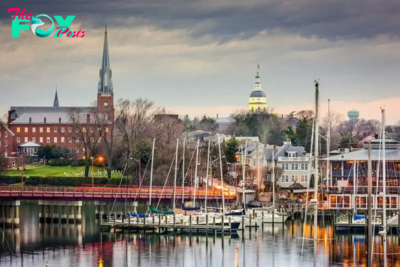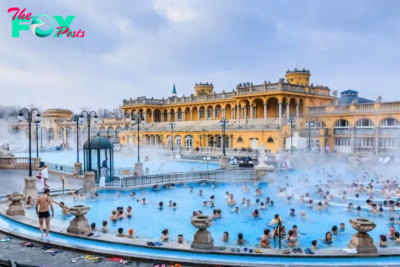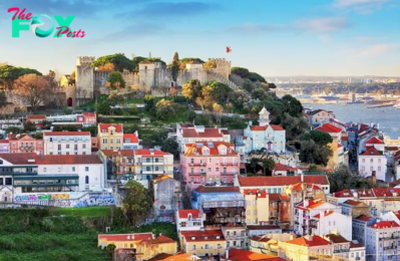Travel
A Beginner’s Guide to London: 12 Things You Should Know
I’m sure you will all agree there is no shortage of Travel guides and blogs about London. The city has sat at the forefront of world History for centuries, ruling over a vast empire and shaping global Politics, culture, and commerce in unprecedented ways.

Today, the city remains a hub of finance and innovation, laid on a bed of royal traditions and historic architecture. Chances are you’ve seen pictures of major landmarks like Big Ben, Buckingham Palace, and London Bridge sprawled across newspapers and airline advertisements. But let me tell you, London has SO much more to offer than the crowded hotspots like Oxford Street and Harrods.
I’ve been visiting family in the city since I was a child and have gathered a good understanding of how things work and what is worth seeing and what isn’t. I’ve put together this list to help first-time visitors navigate the sprawling metropolis:
The City is BIG
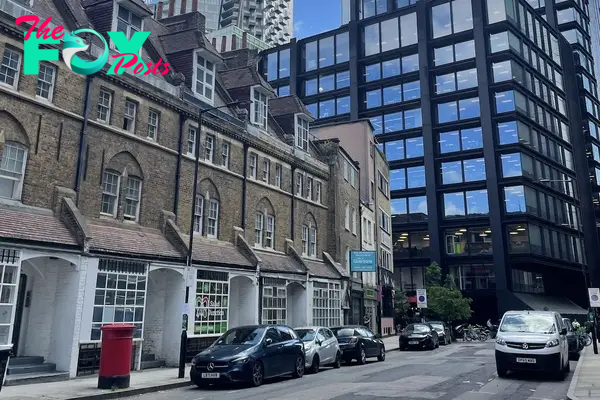
Something that took me a while to get my head around was how big this city really is. Greater London covers over six hundred square miles, with a population of over 8.5 million. Each area, neighborhood, and borough has a completely distinct character. East London, for instance, is known for its trendy art scene, diverse ex-pat population, and quirky markets. North London, on the other hand, is home to a mix of middle to upper-class citizens and is surrounded by some of the city’s most beautiful parks.
Although distances might not necessarily be long, traffic is heavy, and getting from one side of the city to the other can take over two hours during peak hours.
An interesting fact is that the actual City of London is the smallest in England, stretching just 1.2 square miles across the city center and housing only around 7500 citizens. But don’t let this confuse you. If you visit the city, you’re bound to explore outside of these bounds.
Pro Tip: Allow time for traveling across the city. When you plan your itinerary, don’t overload days with activities, and allow for backup itinerary options.
Visit During Shoulder Season
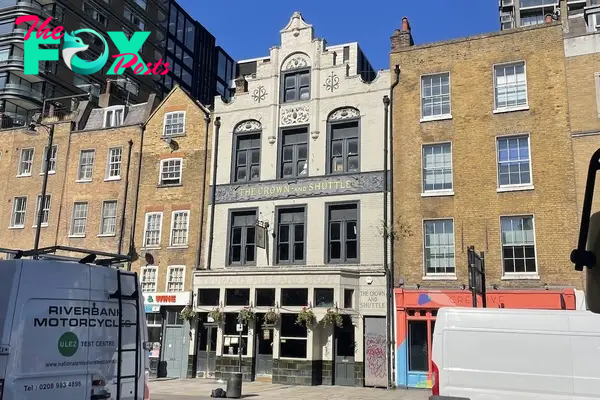
In a city as historic, diverse, and culturally rich as this one, you can only imagine the crowds that London draws. Not only can visiting during the shoulder season be a more relaxing and peaceful experience, but it’s also the cheaper option.
Out of peak season, in spring (between March and May) or in autumn (between September and November), the weather is milder, and the city is less crowded; plus, you’ll often find deals and specials on accommodation, flights, and ticket bookings.
Choosing Where to Eat is as Difficult as Choosing What to Eat

London’s culinary scene is one to be reckoned with. It’s a melting pot of global flavors, with influences from almost every country and cuisine. The options are endless, and you could be dining at Michelin-starred restaurants one evening and street food markets the next.
If you’re interested in an authentic English meal, there is no better way to start a day than with a classic English breakfast – eggs, sausages, grilled tomatoes, mushrooms, and baked beans with bread.
My favorite lunch is fish and chips, fried in batter and served with a squeeze of lemon. One of my favorite spots for fish and chips is Oliver’s Fish and Chips, where you can get a portion for £14. Poppie’s is another top option, with cod and chips going for £19.
Pro Tip: On that note, choosing where to eat can be next to impossible. Check out local guides and newsletters to get recommendations. Oh, and if you visit during peak season, do yourself a favor and make reservations for upscale restaurants.
Shop on Weekdays
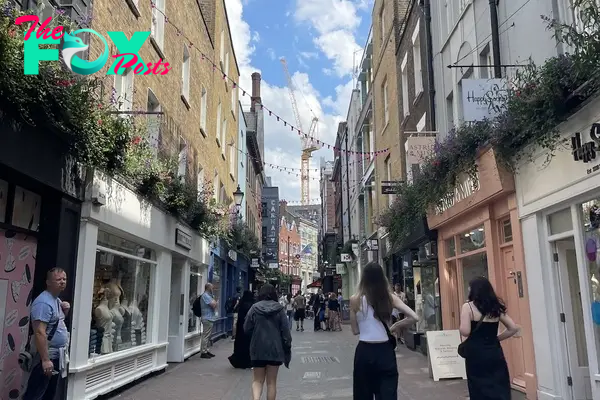
Even during the off-season, London’s shopping streets are crawling with activity. Like food, the fashion scene here touches on just about every fashion trend the world has ever seen. While London is a shopper’s paradise, weekends can be overwhelmingly crowded.
Rather, plan your shopping for weekday mornings, avoiding the post-work crew and weekenders. Head to Chelsea’s King Road for high-end boutiques, or check out the iconic Oxford Street for a mix of high-street and international brands. If unique vintage shopping is your vibe, head to the independently owned-stores around Covent Garden, Camden Market, or around Brick Lane.
Book Tickets in Advance
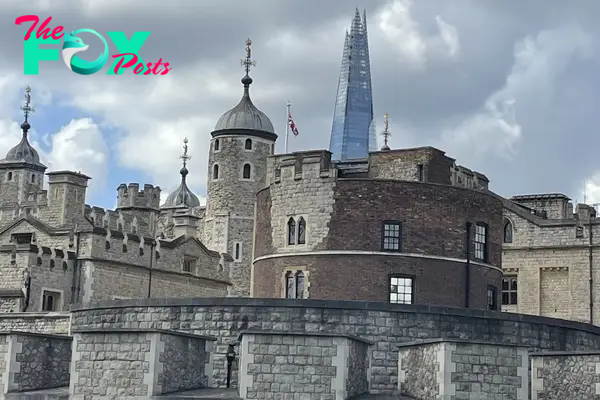
I know I mentioned this in passing, but it is essential that you book tickets ahead of time. Many of London’s top attractions, like the Tower of London and the London Eye, can have long queues that can eat away at an entire day. Booking tickets online not only saves time and energy, but online platforms often offer discounts.
Ticket prices vary depending on the attraction and tour company. As some general price points, a ticket to access Buckingham Palace costs £75. Access to Westminster Abbey costs£ 19, or £20 if purchased online.
Visit the Main Tourist Sites, Once
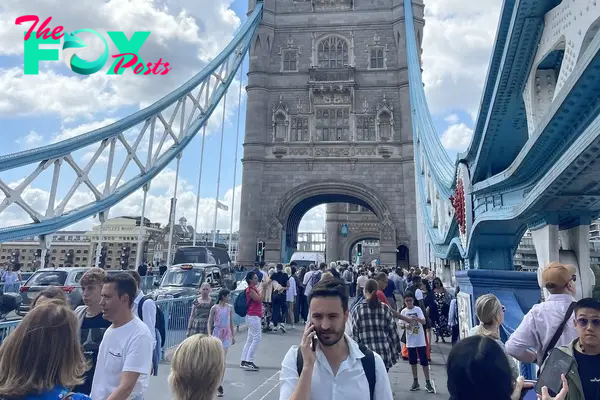
And on the note of major tourist attractions, I recommend visiting those that interest you most, but not to overdo it. The Tower of London, Big Ben, Buckingham Palace, and shops like Harrods and Fortnum and Mason are must-sees for first-time visitors, but let it end there. There is so much more to see and do in this city than Big Bus Tours and gimmicky activities.
Pro Tip: Instead of hovering around the tourist sites, spend your days exploring hidden gems and neighborhoods further out from the city center. Shoreditch, Clapham, and Hampstead are some of my personal favorite neighborhoods.
London’s Airports Explained
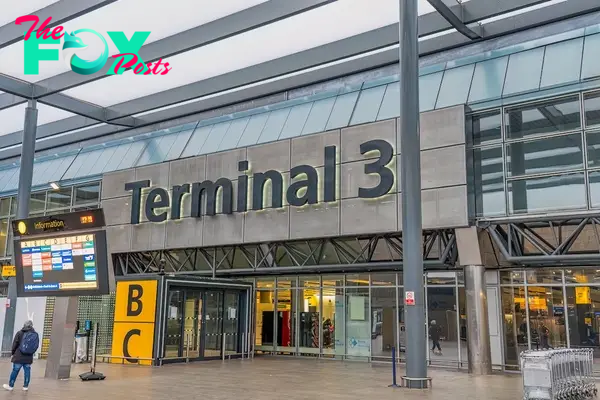
London has six major airports. Heathrow, Gatwick, Stansted, Luton, London City, and Southend. Heathrow is the largest and busiest and is located around fifteen miles west of the city. If you are flying to London from outside the UK, you will likely arrive here.
There are plenty of transport options, including the Heathrow Express train that Travels directly to and from Paddington Station in 15 minutes for £25 in one direction. But take note; the new Elizabeth Line Travels into the city center for just £12.80.
London Gatwick is located south of the city and is serviced by the Gatwick Express, which travels to and from London Victoria Station in around half an hour and costs £20.50. Budget airlines like EasyJet, Vueling, and Ryanair are the main customers of this airport.
London City Airport is the easiest to reach, accessible via multiple buses and the DLR above-ground train line. Airlines, including British Airways, Alitalia, and KLM, fly from this airport, but flying in and out of here is usually more expensive than other airports.
Pro Tip: If you have the option, try flying into Heathrow, Gatwick, or London City Airports before midnight and after 5 am. Transport options are limited after midnight and might require booking a super expensive cab or Uber instead.
The Public Transport System is Efficient and Safe
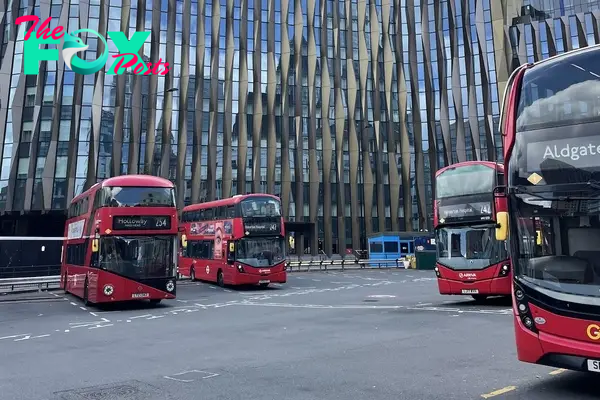
You’ve heard the expression ‘Mind The Gap’? London is famous for the Tube, the city’s underground train network. The Tube has eleven lines serving 272 stations across the city.
London’s transport also includes trams, overground trains, and buses. You can use contactless payment with Apple Pay to tap in and out of the tube station.
Pro Tip: Avoid using the Tube between 7:30 am and 9:30 am and between 5 pm and 7 pm as transport is crowded during rush hours. If you don’t download an e-SIM, I recommend downloading offline maps to navigate the city without relying on data.
Bring a Universal Adapter
London uses Type G electrical outlets with a standard voltage of 230V. If you’re not from the UK, bring along a universal adapter to charge your devices! You can also buy one in London for around £13.
Tipping 10-15% is Expected
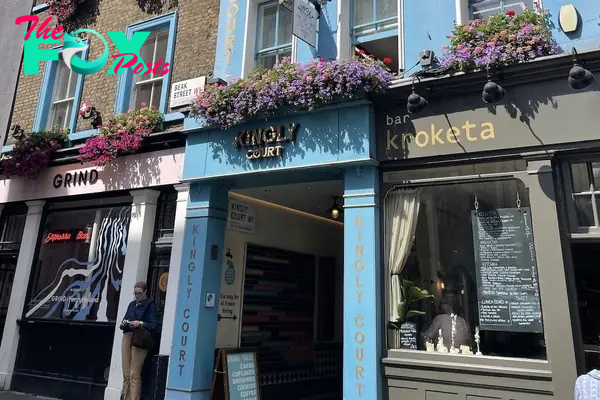
Tipping between ten and fifteen percent is expected at sit-down restaurants. However, always make sure to check the bill to see that a service fee has not already been added. Tipping cab drivers, hotel staff, and bar servers is also a common courtesy.
Always Carry an Umbrella

When it comes to weather in London, you never really know what you’re going to get. Be prepared for the unpredictable and carry an umbrella. A lightweight raincoat is also a good idea.
You Could Spend a Full Day in a Park

Did you know that London is home to more than eight million trees? This means that a huge portion of the city is covered by lush greenery that seamlessly blends with the historic architecture.
Naturally, the city is home to some of the world’s best parks, including Hyde Park, Regent’s Park, and Hampstead Heath. With open green spaces, rose gardens, swimming and boating lakes, and walking paths, you could spend an entire day in some of London’s parks.
-

 Travel15h ago
Travel15h ago5 Fantastical Travel Locations that are Out of This World
-

 Travel2d ago
Travel2d ago10 Ultra-Luxury Ski Resorts Around The World
-
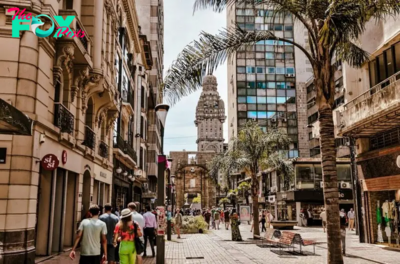
 Travel6d ago
Travel6d ago10 Best Countries to Visit in January
-

 Travel6d ago
Travel6d agoCheck Out the Best Smart Trackers in the Market for Your Luggage
-

 Travel1w ago
Travel1w agoFilming Locations of ‘Mr. Plankton’ That Are Worth a Visit
-

 Travel1w ago
Travel1w ago8 Gorgeous Islands in the US That You Can Drive To
-
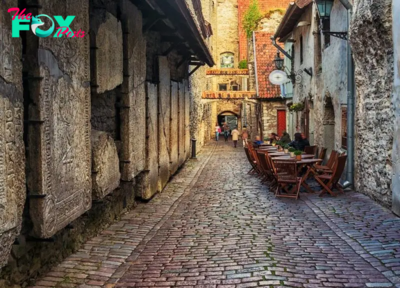
 Travel1w ago
Travel1w ago10 Underrated European Capitals Worth a Visit
-

 Travel1w ago
Travel1w ago12 Best U.S. Cities to Visit in January


